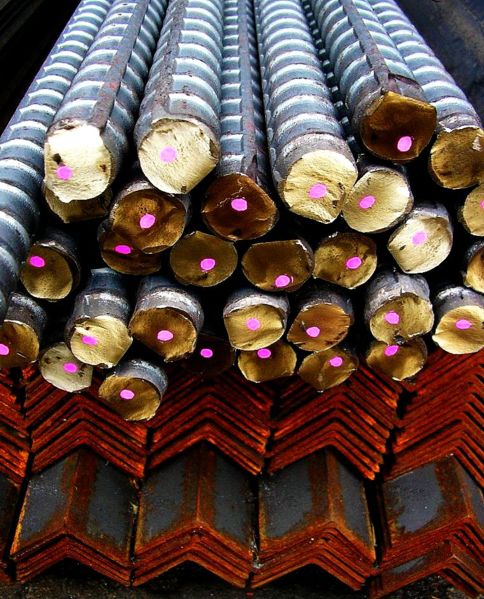 |
| Source: Wikimedia Commons |
Never when I signed up for this whole PhD "thing", did I think that further down along the line I would wander down the aisles of countless formless and faceless Home Depots and Lowes, familiarizing myself with PVC epoxies, pipe cutters, types of quick-pour concrete, and erratically color-coded lengths of rebar. While I am in the very last throes of the natural science component of my dissertation, for stretches within the last year, nary a week would pass without at least one, if not several, trips searching for the miscellanea one needs to make a bare-bones scientific project happen.
My method for estimating oyster filtration rates required the use of sediment traps (see my post about it here) constructed out of buckets and netting. However, the studies that used them prior and upon which I based my design, had employed them in very different settings. My traps had to withstand dynamic ocean conditions, tidal cycles, and the interest of the errant passerby. So thus began the nail-biting process of iterative design. What type of buckets to use to avoid re-suspending sediment? What kind of netting across the mouth? How to affix them to reef? How to weight them so they wouldn't float away during the first high tide?
Practice run after practice run unfolded as I tried various proto-types. Scuba weights affixed to the mouth of buckets using hose clamps. Testing ways to keep everything in one place using ground anchors, thin lengths of PVC, rebar. Phone calls from nearby good Samaritans who had retrieved my runaway equipment (a PSA if there ever was one for labeling your gear!). A slick (if not utterly lo-fi) double-nested bucket design weighted down with rounds of concrete emerged out the mixture of mishaps and successes. I then did it all again and tapped into the same recurrent type of process when creating a seawater flow-through system for oyster filtration lab trials.
 |
Additionally I had the help of a marine lab machine shop to drill, cut, and sand. I learned how to estimate which equipment I needed for which job. I also had the opportunity to watch those inclined towards clever design and ask plenty of questions. Is there enough water pressure to do that? How do I get the flow to be more laminar? How do I keep this from leaking?
It's a cultivated skill set, one which rewards those who tinkered with lego and kinex as a kid. Rarely are we told as marine biologists, fisheries scientists, or field ecologists, that we will draw so heavily upon what amounts to being back-of-the-envelope engineers.It's also a continued argument for the inclusion of the "T" (technology) and the "E" (engineering) part of STEM training that is often desired on the job, but may make scant appearance in a scientist's formal education.
Most of us instead gain experience through more informal avenues, as the best teacher is often necessity. Also there is no better practice than to constantly build, err, and deconstruct, all while slowly incorporating new fixes and experiencing the fog of confusion out of which comes little sparks of revelation. The act of literally building our science from the ground up is one of ultimate creativity, funneling in threads of right-brain function, and helping us shape solutions in response to whatever demands our research may make of us.
Nice writing.
ReplyDelete